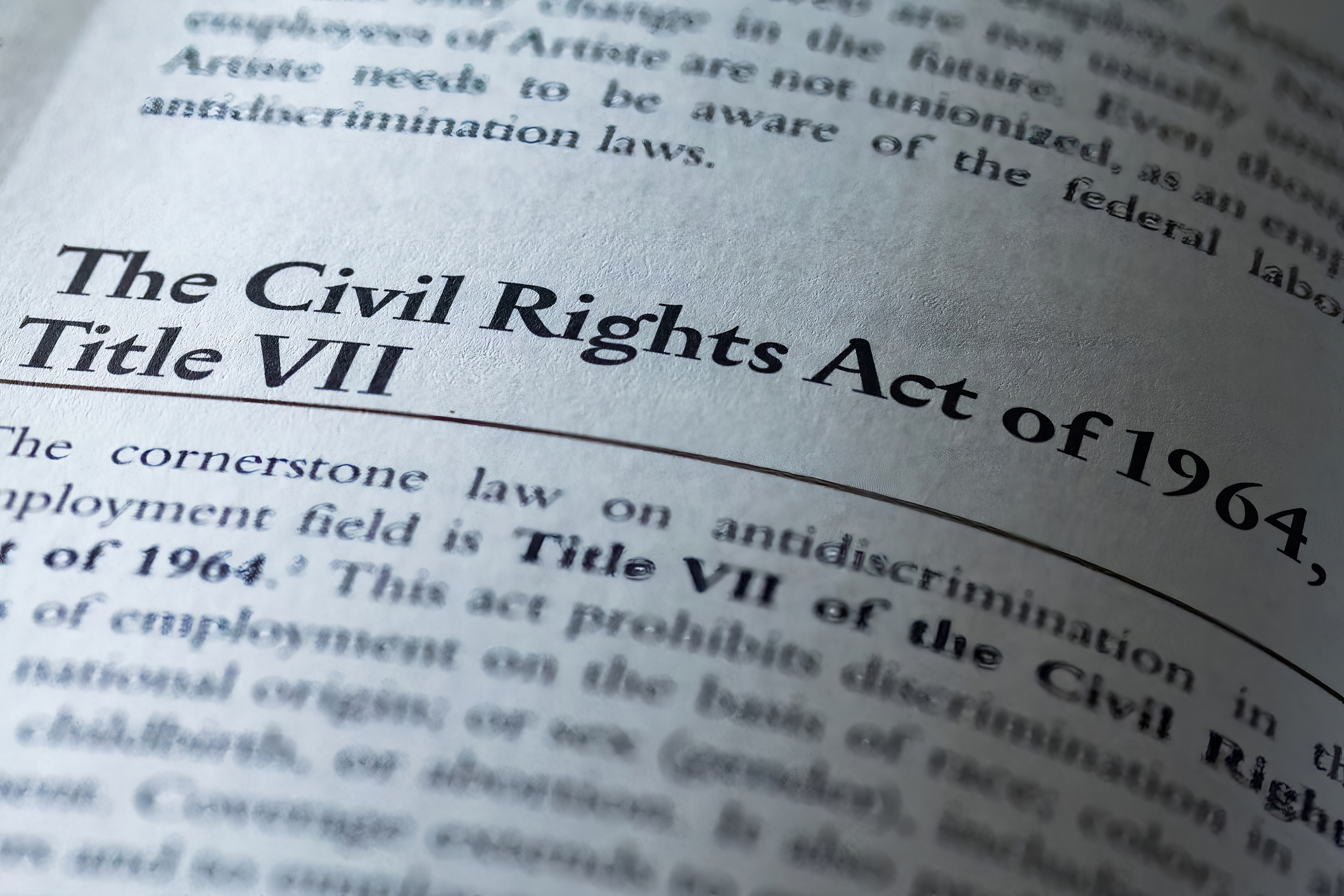Anti-discrimination regulations are their own kind of soulcraft.
Civil Rights Stay Gay

Public health is being corrupted with junk science like minority stress theory.
The losers’ perspective instituted by our civil rights regime governs America. It always traces disparities in outcomes that disadvantage “minorities” to discrimination. It directs public opinion and public spirit, shapes our laws, and gives particular habits to the governed. This mood sets the goals for education. It directs hiring practices. It modifies everything it does not produce.
The civil rights mentality corrupts academic science too. Nowhere has this corruption been more obvious than in the field of public health, especially as it relates to gay people.
A recent article in the Journal of the American Medical Association (JAMA) found that bisexual women die 37 percent sooner than straight women, while lesbians die 20 percent sooner. If straight women normally live until 80 years old, lesbians live only until 64 years and bisexuals only until 51. Most surprising about JAMA’s finding is that lesbian and bisexual women—and nurses to boot—have larger gaps in life expectancy compared with straights than gay men. (As I catalogue in my recent book, life expectancy among gay men is eight to 20 years shorter than for straight men.) The women in JAMA’s study were from an older generation, one presumably less open and tolerant than ours.
Modern science claims that these glaring disparities are caused by minority stress. This theory assumes that society subtly bullies, stigmatizes, and rejects gay people. “It doesn’t kill to be gay,” says the JAMA study’s author, “It kills to be discriminated against. And that’s the lived experience of lesbian and gay women and bisexual women who are just trying to walk through the world.”
Same-sexers internalize nonacceptance as a species of self-hatred, leading them to engage in risky behaviors like overeating, under-exercising, smoking, using drugs, or abusing alcohol. The non-straight smoke and drink at twice the rate, are more depressed, and have a higher risk for breast cancer and heart disease than straight people. They refuse to go to the doctor or dieticians for fear of disapproval. As a result, same-sexers die earlier than heterosexuals.
Minority stress theories abound in public health literature. One study finds that gay men incur anal cancer at a much higher rate than straight men. But those who engage in risky behavior are too ashamed to go to doctors out of fear of being mocked and denigrated, so they eschew regular check-ups. Therefore, their shame leads to anal cancer. Much the same is true of AIDS/HIV, as one can see in the classic public health article “Discrimination and Homophobia Fuel the HIV Epidemic in Gay and Bisexual Men.”
The theories are often selective, just-so stories. The disparity in life expectancy between bisexual and lesbians is nearly as large as the disparity between lesbians and straights. Of course, there is an easy minority-stress explanation why bisexuals die sooner than lesbians: they have poorer mental and physical health. Bisexual women face “dual pressures given their identity, and they experience discrimination from both inside and outside of queer communities.” In other words, bisexual people face discrimination from both sides of the plate. Yet the opposite is just as plausible: they experience half the discrimination because they have friends on both sides of the plate.
Minority stress theories play an important role in our politics. During the same-sex marriage debates, articles were produced suggesting that suicide rates in states that did not bless same-sex marriage with legal protection were markedly higher than those that did. Politicians on the Left sell the entire gay agenda as one big suicide prevention program. (See here, here, here and elsewhere.) Activists demand anti-discrimination laws, hate speech protections, revolutions in state education curriculum, beefed up anti-bullying laws—all to ensure their own safety and health. It is public health, with an emphasis on revolutionizing the public.
Noticing the gap would be forbidden under our reigning civil rights regime unless scholars trace it to discrimination and minority stress. Perhaps scholars blame minority stress as part of an esoteric strategy to point out how alternative lifestyles compromise health without losing their jobs! In reality, however, academia seems populated with true believers who seek to stigmatize a civilized culture dedicated to bringing men and women together. But these scholars never seem to consider that there might be something intrinsically unhealthy about the lifestyles and psychology of LGBT people.
This organized scientific gaslighting should not be taken seriously. Minority stress theory is risibly incoherent. Gay people, blacks, and women all experience minority stress, yet they do so differently. While gay people have much higher suicide rates than straights, blacks have much lower suicide rates than whites, and women have lower rates than men. Women live longer than men, though blacks have a lower life expectancy rate than whites, and gay people less than straights. Yet anal cancer is a problem for gay men, but not lesbians, blacks, or women.
The JAMA article concludes by contending that disparities must be removed and that “upstream social forces that propagate and perpetuate disparities” must be confronted. Yet countries that have dismantled the supposed culture of homophobia like Sweden, Denmark, and the Netherlands still have suicide rates about on par with America, the supposed empire of homophobia. Rates have not budged much since same-sex marriage was legalized in these countries.
Drugs, alcohol, smoking, unprotected sex, and so on are not, as minority stress theorists suggest, “coping mechanisms for social stressors and depression.” They are often essential to same-sex living. The boys of Fire Island are hardly hiding in shame, nor seeking overmuch approval from bourgeois culture. It is that aspect of same-sex subculture that should be front and center in the public mind, not gaslighting from public health officials.
The American Mind presents a range of perspectives. Views are writers’ own and do not necessarily represent those of The Claremont Institute.
The American Mind is a publication of the Claremont Institute, a non-profit 501(c)(3) organization, dedicated to restoring the principles of the American Founding to their rightful, preeminent authority in our national life. Interested in supporting our work? Gifts to the Claremont Institute are tax-deductible.
Tucker Carlson's new documentary terrifies the Left.
The Civil Rights Division of the Department of Justice should be disbanded.



